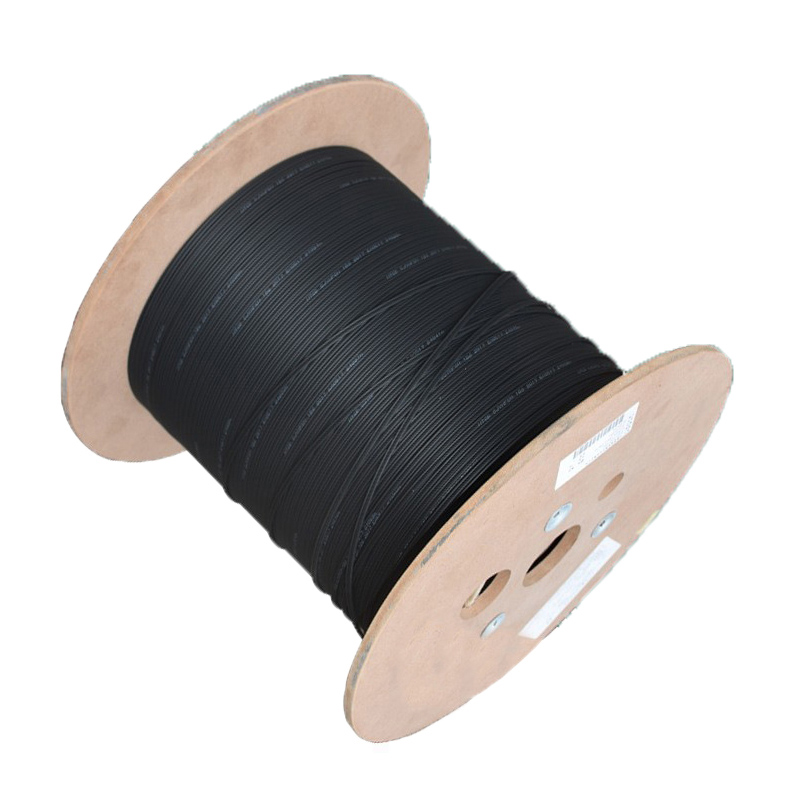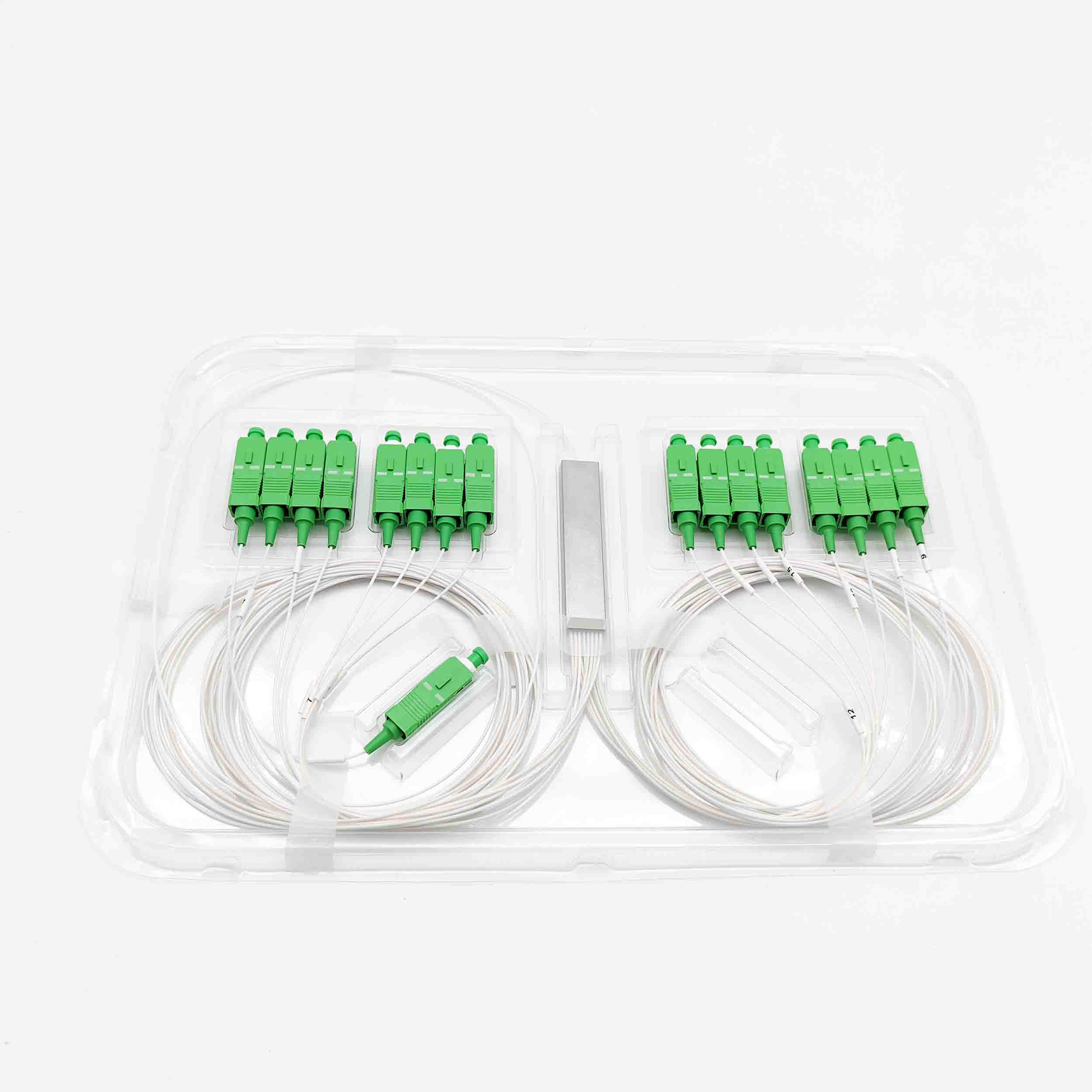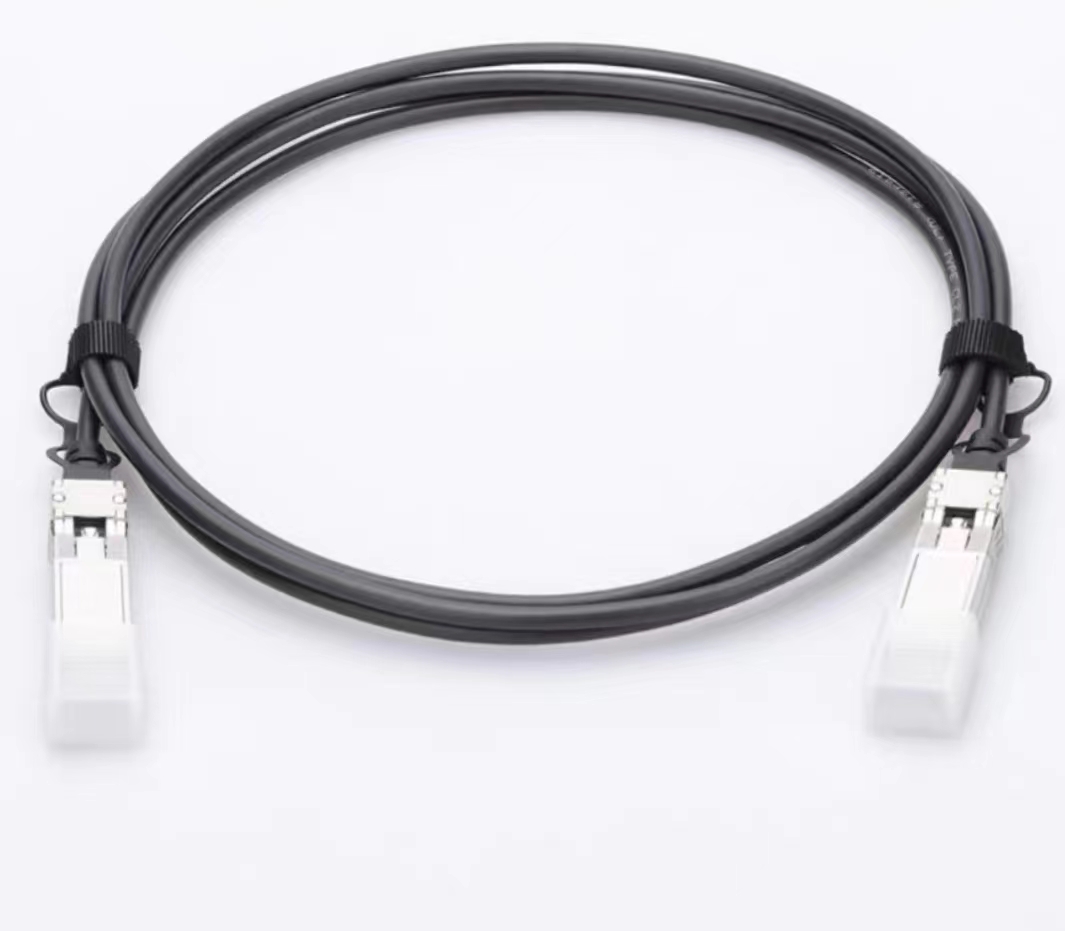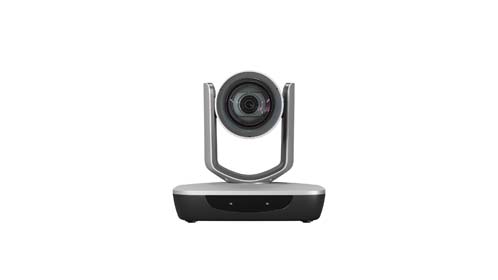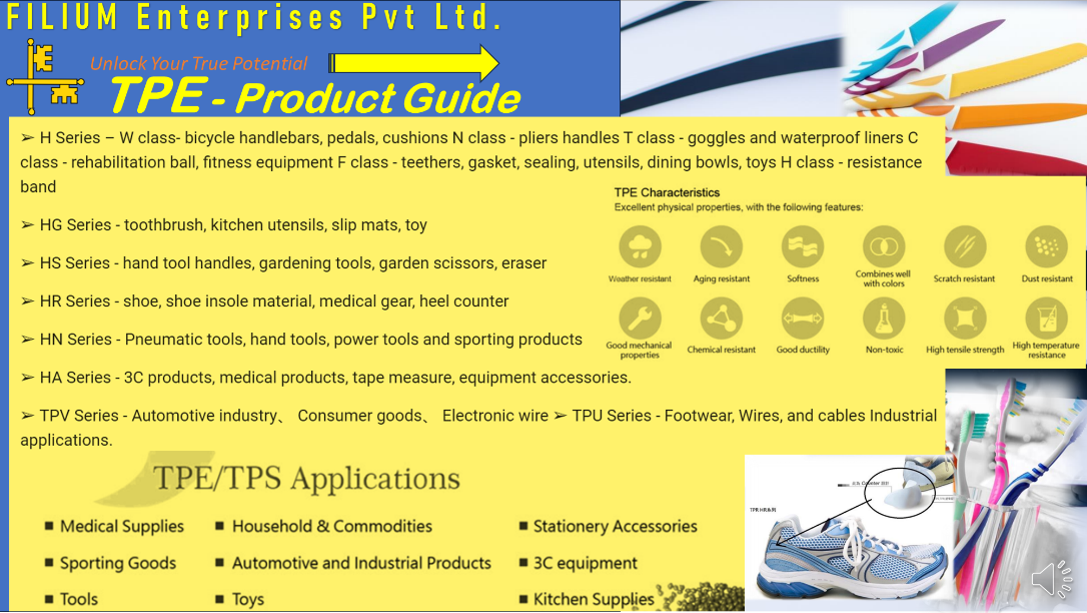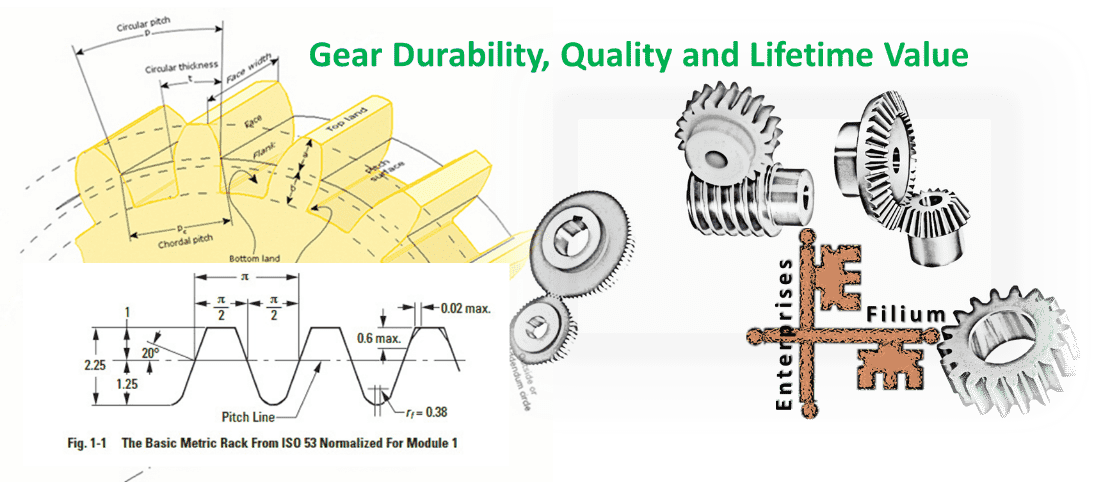Automation Drives vs Traditional Motors- Which Is Better for Industrial Applications
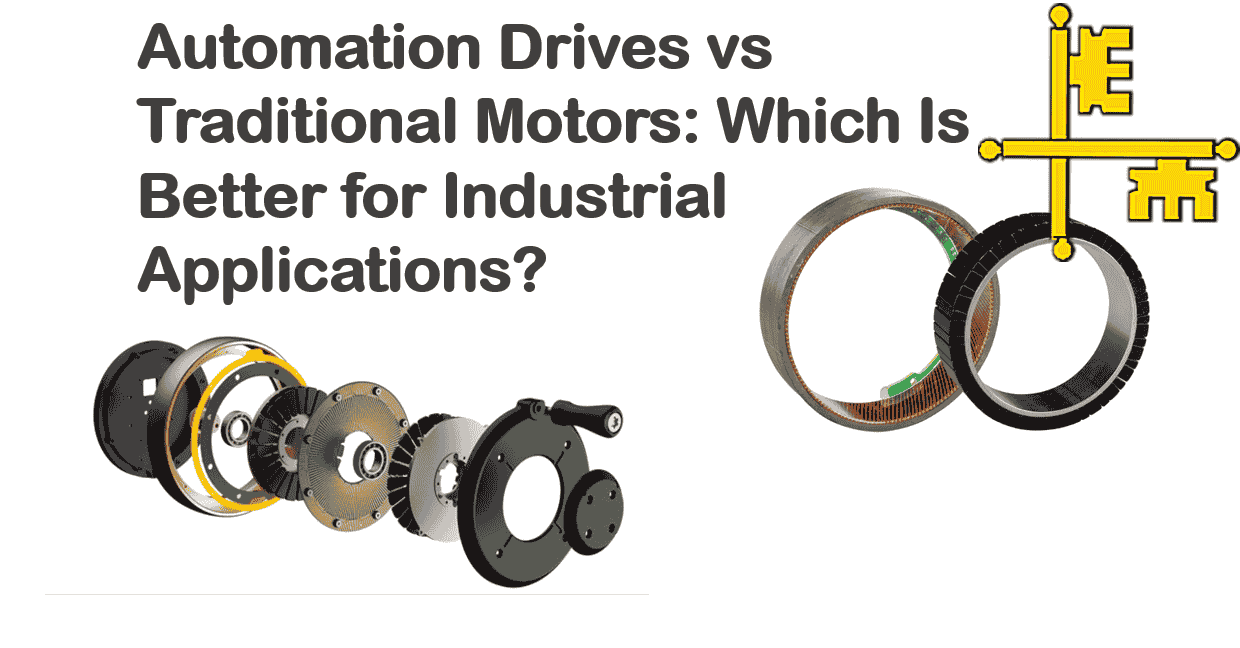
Automation Drives vs Traditional Motors: Which Is Better for Industrial Applications?
In the ever-evolving landscape of industrial manufacturing, the debate of automation drives vs traditional motors is one that frequently arises. The choice between these two technologies can have a significant impact on the performance, energy efficiency, and cost-effectiveness of an industrial operation. As industries strive to enhance productivity and reduce operational costs, understanding the key differences between industrial automation drives and traditional motors is essential.
Table of Contents
- Introduction
- What Are Traditional Motors?
- What Are Automation Drives?
- Energy Efficiency: A Key Factor in the Debate
- Performance Control and Flexibility
- Maintenance and Longevity
- Cost Considerations
- Applications and Use Cases
- Conclusion: The Better Choice for Industrial Applications
What Are Traditional Motors?
Traditional motors, typically referred to as AC or DC motors, have been the backbone of industrial operations for decades. These motors are designed to convert electrical energy into mechanical energy, driving various types of machinery. They operate at a fixed speed and are often paired with control systems like starters and relays to manage their performance. These systems, while effective, have limitations in terms of energy efficiency, performance control, and adaptability.
What Are Automation Drives?
Automation drives, also known as variable frequency drives (VFDs), are advanced control systems that regulate the speed, torque, and direction of motors. Unlike traditional motors, industrial automation drives provide the ability to adjust the motor's operation dynamically based on the demand. These drives can control both AC and DC motors, offering superior performance and energy efficiency. By using sophisticated algorithms, automation drives allow for precise control over motor functions, ensuring optimal output for varying loads.
Energy Efficiency: A Key Factor in the Debate
One of the primary advantages of automation vs traditional motors lies in energy efficiency. Traditional motors run at a fixed speed, regardless of the load or operational demands. This constant speed operation leads to energy waste, particularly when the motor is running at less than full capacity. Over time, this inefficiency adds up, contributing to higher energy consumption and increased operational costs.
On the other hand, industrial automation drives offer variable speed control, which means the motor can adjust its speed based on the requirements of the task. This dynamic adjustment ensures that the motor operates only at the required speed, leading to significant energy savings. For example, in applications where the load varies throughout the day, an automation drive can optimize the motor's performance, reducing energy consumption during periods of low demand. In industries where energy costs are a major concern, the use of automation drives can result in substantial savings over time.
Performance Control and Flexibility
When comparing automation drives vs motors, it's clear that automation drives offer superior performance control. Traditional motors, while reliable, lack the flexibility to adjust to varying conditions. They can be manually switched on or off, but controlling their speed or torque in response to changes in demand is limited without additional external devices.
Industrial automation drives, on the other hand, provide precise control over motor functions. With features like speed regulation, torque control, and dynamic braking, automation drives allow for smoother and more efficient operation. This level of control is particularly valuable in industries that require high precision, such as robotics, conveyor systems, and HVAC applications. The ability to fine-tune motor performance in real-time means that processes can be optimized for maximum output and minimal waste.
Maintenance and Longevity
Maintenance is another area where automation drives vs traditional motors present a distinct contrast. Traditional motors, while generally durable, require periodic maintenance to ensure proper operation. This maintenance may include inspecting bearings, cleaning the motor, and checking the wiring for wear and tear. Additionally, the lack of precise control over motor functions can lead to unnecessary wear and tear on the motor components, reducing their lifespan.
In contrast, industrial automation drives can help extend the life of motors. By providing smoother acceleration and deceleration, automation drives reduce mechanical stress on the motor components, leading to less wear and tear. Furthermore, many automation drives are equipped with diagnostic tools that can monitor the motor's health in real time. These tools can detect early signs of malfunction, allowing for predictive maintenance that prevents costly downtime. This proactive approach to maintenance ensures that motors operate efficiently for longer periods.
Cost Considerations
While automation drives vs traditional motors offer numerous advantages in terms of energy efficiency and performance, the initial cost of automation drives can be higher than traditional motor systems. Automation drives often require a more sophisticated setup, including controllers and sensors, which can add to the upfront investment.
However, it’s important to consider the long-term savings. The enhanced energy efficiency, reduced maintenance costs, and longer lifespan of motors controlled by automation drives can offset the initial investment. Over time, the return on investment (ROI) can be significant, particularly in industries where energy consumption is a major operational expense.
Applications and Use Cases
Industrial automation drives are ideal for applications that require precise control, energy efficiency, and flexibility. Some common industries that benefit from automation drives include:
- Manufacturing: Automation drives are used in conveyor belts, assembly lines, and robotics, where precise motor control is essential for product quality and process efficiency.
- HVAC: In heating, ventilation, and air conditioning systems, automation drives adjust fan and pump speeds based on demand, optimizing energy use.
- Pumps and Compressors: Automation drives allow for variable speed operation, reducing energy consumption in systems that require frequent adjustments.
- Renewable Energy: In solar and wind power systems, automation drives are used to optimize the performance of generators and turbines, ensuring maximum energy production.
Conclusion: The Better Choice for Industrial Applications
When considering automation drives vs traditional motors, it’s clear that industrial automation drives offer several key benefits over traditional motors. From energy efficiency and performance control to reduced maintenance and extended motor lifespan, automation drives provide superior advantages for modern industrial applications. While the initial cost of automation drives may be higher, the long-term savings and increased efficiency make them a smart choice for businesses looking to stay competitive in today’s fast-paced industrial environment.
In industries where precision, energy savings, and flexibility are priorities, automation vs traditional motors is a clear win for automation drives. By investing in these advanced systems, companies can improve their operations, reduce energy consumption, and ensure a more sustainable future for their industrial processes.
Related Products
Here are some relevant statistics and facts that can be used to enhance the article on Automation Drives vs Traditional Motors:
1. Energy Savings with Automation Drives
- Up to 60% energy savings: According to the U.S. Department of Energy, using Variable Frequency Drives (VFDs), a type of automation drive, can save up to 60% of energy costs in applications such as pumps, fans, and compressors.
- 30% energy savings: The International Energy Agency (IEA) reports that VFDs can reduce energy consumption by as much as 30% in HVAC and other industrial systems, where motor speeds can be dynamically adjusted based on demand.
2. Impact on Motor Lifespan
- Up to 5 times longer motor life: A study by Siemens indicates that using automation drives can extend the life of motors by up to five times by reducing mechanical stress and preventing overheating. The smoother acceleration and deceleration provided by automation drives significantly reduce wear and tear.
3. Efficiency of Variable Frequency Drives (VFDs)
- High efficiency ratings: VFDs are reported to achieve efficiency improvements of up to 25%, depending on the application. By controlling the motor speed, VFDs help reduce wasted energy, particularly in variable-load applications.
- Boosts overall system efficiency: When used with electric motors, VFDs improve overall system efficiency by aligning motor output with system needs, avoiding the waste generated by motors running at constant speeds.
4. Global Adoption of Automation Drives
- $24 billion market: The global market for industrial automation drives is expected to reach $24.4 billion by 2025, driven by the increasing demand for energy-efficient technologies and automation in industries such as manufacturing, automotive, and HVAC (Source: MarketsandMarkets).
- Growth rate: The industrial automation drives market is projected to grow at a 6.4% CAGR (compound annual growth rate) from 2020 to 2025, reflecting the growing interest in more advanced motor control technologies (Source: Allied Market Research).
5. Maintenance Reduction with Automation Drives
- Up to 50% reduction in maintenance costs: Research from ABB suggests that automation drives can reduce maintenance costs by up to 50% in motor-driven systems. This reduction is due to better control over motor functions, less mechanical stress, and the ability to predict failures before they occur.
6. Cost Implications of Automation Drives
- Return on Investment (ROI) in 2 years: Many companies see a return on investment within 2 years of implementing automation drives due to energy savings and reduced maintenance needs. A study by the U.S. Department of Energy found that industrial users typically recoup their investment within 18–24 months due to significant energy reductions.
- Initial cost difference: The initial cost of an automation drive system can be up to 3 to 5 times higher than a traditional motor system. However, the long-term savings from energy efficiency, reduced downtime, and maintenance can make automation drives more cost-effective over time.
7. Industrial Applications of Automation Drives
- $19.9 billion in industrial motor market: According to a 2021 report from Research and Markets, the industrial motor market is expected to reach $19.9 billion by 2026, with the integration of automation drives playing a major role in driving this growth.
- HVAC systems: Automation drives are widely used in HVAC applications, where they can help reduce energy consumption by adjusting fan and pump speeds based on demand. Energy consumption for fans and pumps in HVAC systems can be reduced by 50% with automation drives.
